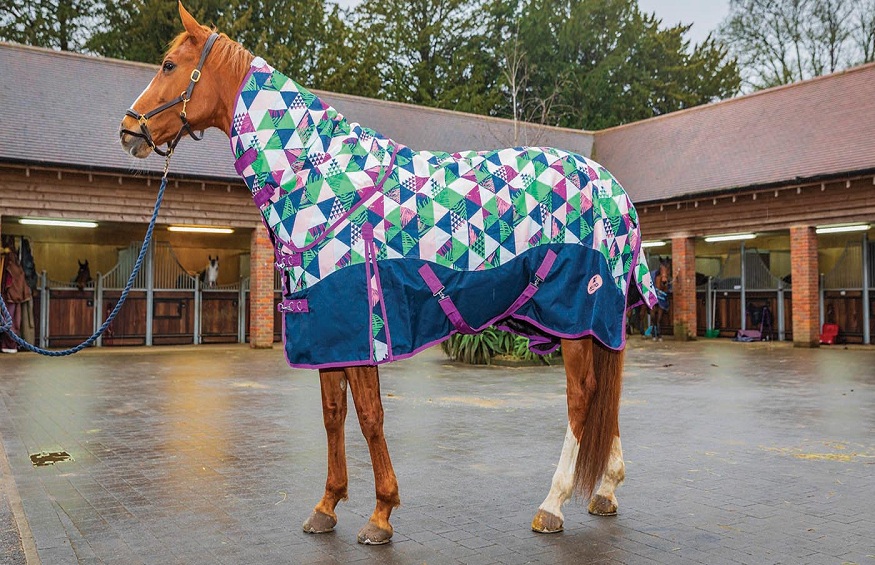With so many turnout rugs available, making a choice can be overwhelming for you. Rug designs have evolved from the original canvas New Zealand to comfortable leather. It’s not only the Olympians who deserve a good-fitting saddle but everyone who wants to enjoy riding.
Choosing the Right Turnout Rug and Dressage Saddle
Saddles are available for all disciplines, and it’s essential to choose the right option for you. Besides, getting your horse the right turnout fly rug will ensure it’s safe and warm outside. Comfort indoors is also a need for horses that don’t move around much. A lightweight turnout rug will provide comfort protection and is durable. Here are factors to consider when choosing turnout rugs.
Weight
Decide which weight you need for your rug: light, medium, or heavy. Lightweight turnout rugs are ideal for spring and autumn, whereas medium and heavy are perfect for colder seasons. The 300 g polyester fluff rug has air pockets that capture air and generate warmth and can vary from light to heavy. If you need clarification on the options or terms, the Weatherbeeta fly rug options will assist you in deciding what works for you.
The light options are ideal for warm weather, while the heavier options keep horses warm during colder months. Besides the weight, age and general workload are other factors that count when choosing rugs. A clipped, thin-skinned breed might need a heavier fill for the winter, while a strong native swelter under heavy covering.
External Shell
The outer shell of a turnout rug should be tough to withstand external elements and protect the horse from possible dangers like other horses’ teeth. They are available in different deniers and are denoted as D, meaning the number of thread yarns used to make them.
A higher denier refers to the rug’s strength and type of fabric. Consider your horse’s lifestyle when choosing a denier. A turnout rug should be waterproof, and remember that a high denier isn’t a sign of strength, but a tightly woven option can repel wind and water efficiently.
Cut and Color
Most turnout rug designs envelop the horse in warmth, and they’re available in various colors. A classic neck shape goes up to the withers and is ideal for warm weather. Others cover the horse to extremities. High neck options go up to the neck, providing a more snug effect to prevent rain from dripping into the rug and down the shoulders. A combo rug provides the ultimate protection for the horse.
Choosing a Dressage Saddle
A saddle is a vital tack for your horse. It must be fitting as it connects the rider to the horse. A poorly fitting saddle is uncomfortable for your horse and can cause soreness and create tension. Additionally, a poor-fitting saddle can cause long-term negative effects like muscle defects in severe cases. How do you know your dressage saddle fits right? Look out for these eight factors.
- The tree angle should be closest to the shoulders.
- The tree width should be wide enough on each side of the wither.
- Wither clearance should be a two-finger fit around the wither
- The channel width must be wide enough to avoid interfering with the horse’s spine.
- Panel contact should be even from the back downwards.
- Panel length should not go beyond and not go beyond the last rib, and the loins can’t carry any weight.
- Saddle straightness is necessary to cover the uneven shoulders of the horse. There should be more padding on the smaller side for balance.
- Girth point alignment should be perpendicular to the ground.
Wrapping Up
Keeping your horse safe and healthy should be a primary goal every day. Choose the proper fitting saddle and the right rug for each season to ensure you and the horse are comfortable for a good experience.






